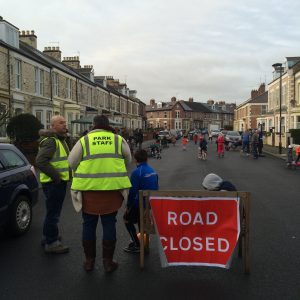This is a PDF of my recent presentation at the Nordic Geographers’ Meeting in Stockholm. I’m hoping to get this written up in the next few months, but in the meantime…
The paper’s abstract was as follows:
In the context of a research project which explores the experiences of austerity in a small number of ‘squeezed middle’, ‘just about managing’ (low-to-middle income) families in north east England, this paper focuses on the place of everyday relationships within and beyond the family in mediating austerity. It uses a psychosocial framing to foreground the importance, complexity and diversity of relationships in making sense of and negotiating changing socio-economic circumstances, attempting to think about and connect the psychic dynamics of families’ relationships and the social dynamics of austerity and recession, and to develop a psychosocial geography of everyday austerity. After setting out some ideas about the nature and value of relationships, the paper asks how and why relationships with family, friends, neighbours, acquaintances and wider communities have been invoked, used, challenged, remade, and imagined as families have navigated the transformations of austerity. As part of the ‘squeezed middle’, these are not families living in poverty, but they have all experienced real threats and losses in the context of austerity, redundancies, falling incomes, tightened budgets, and growing insecurities, for example. The paper explores the ways in which these shifts are connected, in families’ reflections and narrations, to the place of children and their futures in family dreams, the diverse support and demands of friends in crises, large and small, memories of earlier family lives, and everyday negotiations with partners, husbands and wives, and wider families. It seeks to map these shifting relationships, identifying the varying sites and spaces, within and beyond the family home, in which they are made and remade. In these ways, the paper connects to ongoing debates, political, popular and academic, about relationships, austerity, and neoliberalism more widely, to reflect on their diverse and complex articulations.
Thanks to Sarah Hall, John Horton and Helena Pimlott-Wilson for organising the session.


